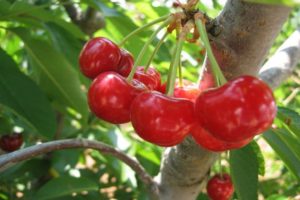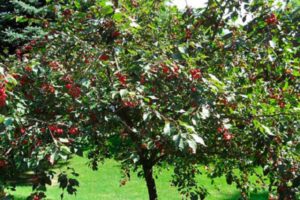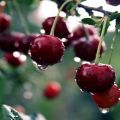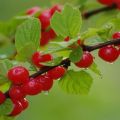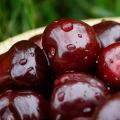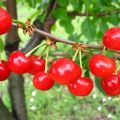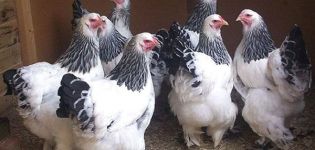Description and characteristics of Rovesnitsa cherries, history and cultivation features
Cherries are of the same age as their high yield, which explains the relatively high popularity of the crop. The plant has good adaptability to external conditions and is able to grow in temperate continental climatic zones (central Russia). The berries have a distinct aroma and a sour taste. The plant tolerates exposure to common pests.
History of origin
The new variety was officially registered in 1986. Cherry of the same age appeared by crossing the Beauty of the North with Black Consumer Goods. The first variety gave the new plant the ability to withstand the effects of coccomycosis. Cherry inherited frost resistance and high yield from consumer goods.
Description of the variety
The description of the variety says that the tree grows to a height of three meters. The crown of medium thickening is formed by short and straight shoots. The bark in the early years becomes dark brown and has a smooth surface.
Matte leaves are characterized by a tapered shape with a pointed edge.
Cherries are capable of self-pollinating by half. Therefore, on the site with the plant, other crops are grown (varieties Turgenevka, Vladimirskaya and others) that can perform this function.The same age begins to bloom by mid-May. The fruits reach 1.5 centimeters in diameter and weigh no more than 3.6 grams. The berries are characterized by juicy pulp and a slight sour taste (acid concentration - 1.3%).

Growing principle
Despite the fact that the plant tolerates low temperatures and long-term lack of moisture, cherry makes certain demands on the growing zone.
Choosing a landing site
The landing site must meet the following conditions:
- flat surface or with a slight slope to the south;
- protection from northern winds;
- sufficiently lit;
- no flooding at any time of the year.
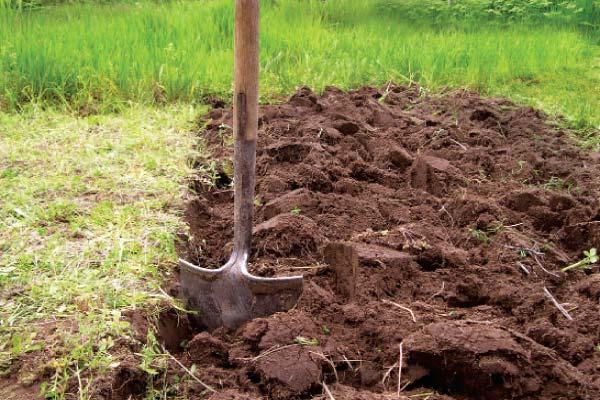
The optimal place is considered to be a zone containing loam and sandy loam with normal acidity.
Landing
The planting pit is prepared in 2-3 weeks. The seedlings should be spaced 3-5 meters apart. The pit is 80 centimeters deep and 70 centimeters wide. First, crushed stone (another material for the formation of a drainage layer) is poured into the landing site, and then humus with compost, black soil and peat. After that, the pit is filled with sand (the ratio with other components is 1: 2).
For several hours before planting, the roots of the plant are soaked in a solution of Zircon.
A long (up to 1.5 meters) peg is installed near the plant in the selected place, to which the seedling is tied. After planting, the root collar should remain above the ground. A small mound will form around the plant, which will retain water. At the end, the seedling is watered from 2-3 buckets. Upon completion of the manipulations, the soil is mulched, and the central submariner is cut off by 1 meter.
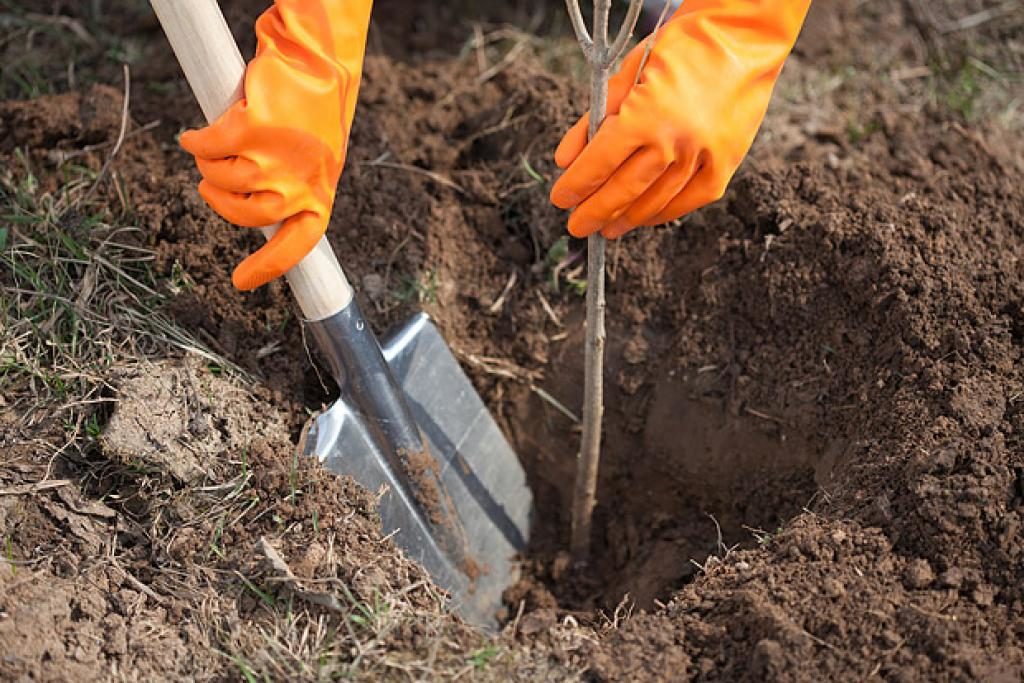
Care
Compliance with the rules of care will ensure a consistent harvest.
Watering and mulching
Watering the plant is carried out as the soil dries out. In hot weather, this procedure is recommended to be repeated twice a day. After watering, mulch the soil, while removing all weeds.
Pruning
The plant is pruned in early spring, before the buds swell. In order for the tree to bear fruit constantly, painful and lateral shoots should be removed. It is allowed to cut off healthy branches by no more than a quarter.

Top dressing
For feeding cherries before flowering, a mixture of:
- 15 grams of potassium chloride;
- 10 grams of urea;
- 25 grams of superphosphate;
- 10 liters of clean water.
Shortly before the berries appear, the tree is fed with a composition of:
- 40 grams of superphosphate;
- 12 grams of potassium;
- 20 grams of ammonium nitrate;
- 10 liters of water.
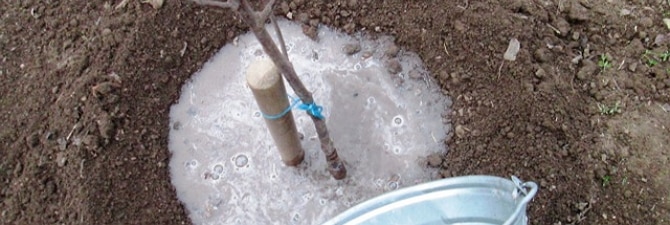
Every 5 years, up to 500 grams of lime is introduced into the soil. Before winter, it is recommended to feed the tree with any fertilizer, except for the one that contains nitrogen.
Yield rationing
In order for the cherry to give a normalized harvest, it is recommended to remove at least 80% of the flowers in the first year after planting. In the next several seasons, you should pick up to half of the green fruits.
Pests and diseases
Cherry of the same age mainly affects moniliosis, which disrupts the development of young shoots. Of the pests, the plant is susceptible to aphids, leafworms, miner moths, fruit mites and gypsy moths.
